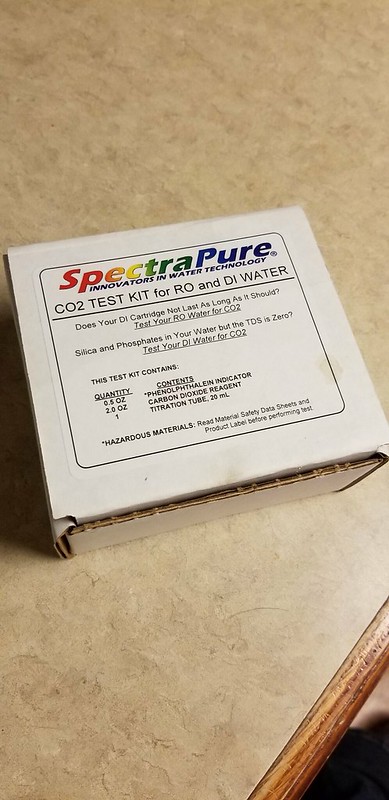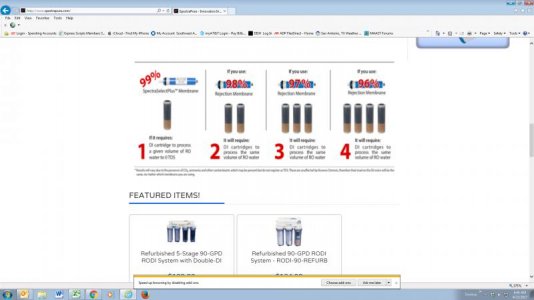I'm tired of re-packing my DI cartridges - I go through two standard 10" cartridges every 2-3 weeks. If I got a pair of 20" 'Big Blue' canisters, would there be any downside to running those full of resin? I was also thinking that it might be a little cheaper to add a third 10" canister and run 3 stage resin instead of the combined resin.
My main concern is water pressure - I have well water and use a small RO booster pump, but it only gets me to about 60psi before the RODI system. I haven't checked pressure on the output, but I expect it is pretty low. The RO system is only rated for 75gpd but I don't know if that makes any difference.
My main concern is water pressure - I have well water and use a small RO booster pump, but it only gets me to about 60psi before the RODI system. I haven't checked pressure on the output, but I expect it is pretty low. The RO system is only rated for 75gpd but I don't know if that makes any difference.


